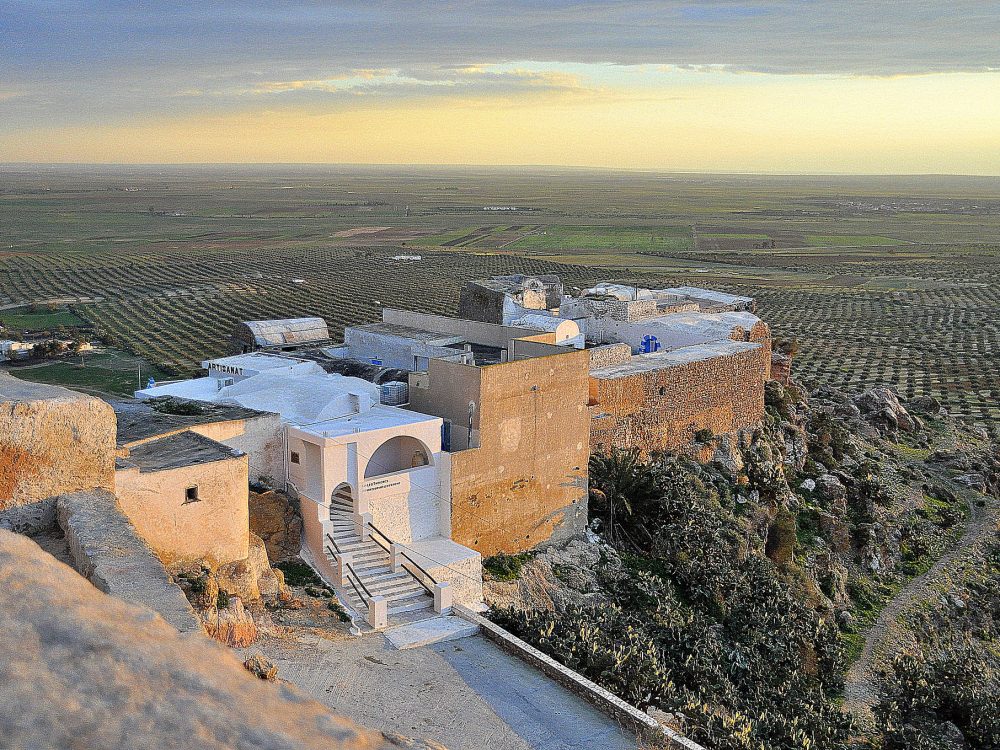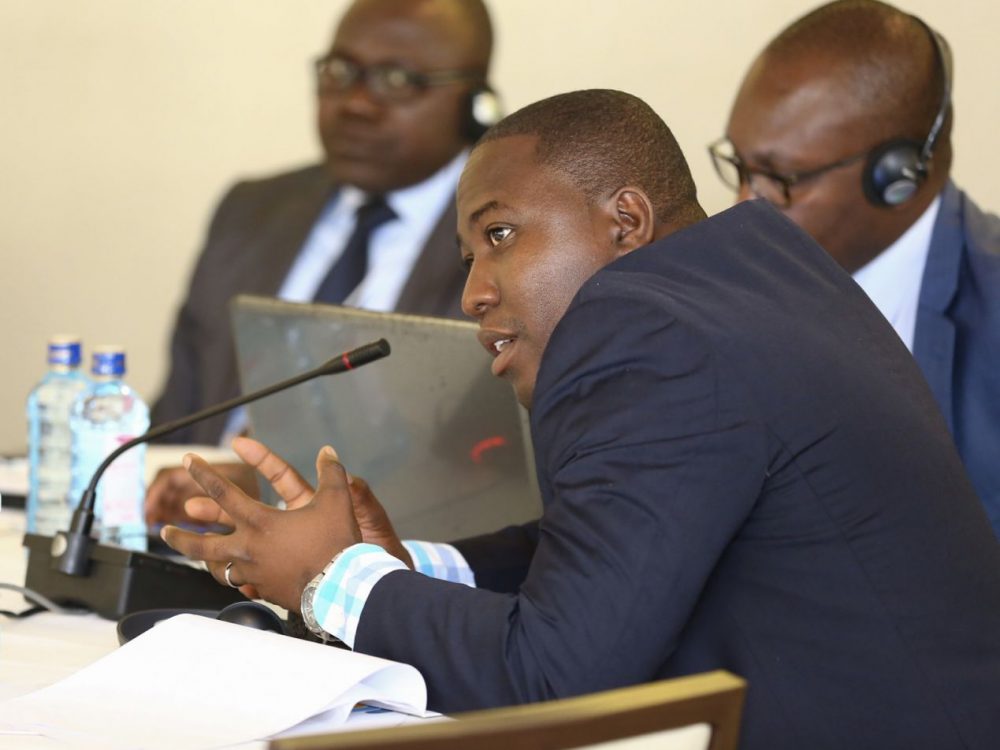Closing the Evidence Gap
This post complements the First Tranche year-end posts about what to look forward to in year four of the AidData HESN award, delving deeper into the questions of country-level data use.
Every day, governments, development partners, and civil society leaders make a multitude of decisions about how to allocate, monitor, and evaluate development assistance.
With this in mind, three years ago, when the AidData consortium drafted our proposal for partnership with the USAID Global Development Lab, we began with the question: “who is doing what, where?” Our idea was straightforward: by disseminating GIS technology across country governments, we could better equip decision-makers with location-specific aid data. Over the past three years, we’ve successfully developed new technical tools, provided training sessions, and geocoded thousands of aid-financed project locations, working to catalyze the “geospatial revolution” for development.
Broadly speaking, this work has been successful; the Aid Management Platform’s GIS Module, rolled out to 10+ countries, allows government officials, development partners, and the public to better track where development funding goes in-country. Additional partnerships with the World Bank, African Development Bank, Asian Development Bank, and USAID missions have further expanded the accessibility of geocoding and geospatial technology in development processes.
However, how is this information being used to allocate, monitor, and evaluate development assistance?
To date, some early adopters – including the Government of Nepal and USAID/Peru – have begun to use geocoded aid information for institutional reporting and decision-making processes. However, as of yet there is little systematic evidence available to understand whether, when, how, and why government, civil society, and development partner decision-makers are using this data.
We aim to help close this evidence gap.
Over the coming months, the AidData consortium will be conducting three country-level ethnographic studies – in Senegal, Timor-Leste, and Honduras – to better understand the influence and use of data in decision-making. The purpose of these studies are threefold: i) to capture findings and recommendations to strengthen existing open data initiatives and inform the design of future efforts; ii) to create a feedback loop regarding the challenges, potential, and actual uses of geocoded aid data; and iii) identify ways in which the AidData consortium could facilitate greater uptake and use of geocoded aid data.
Stay tuned as we begin this next phase of promoting a geospatial revolution for development.
Share This Post
Related from our library

How useful is AI for development? Three things we learned from conversations with development experts
The development world is buzzing with excitement over the idea that new and emerging applications of artificial intelligence (AI) can supercharge economic growth, accelerate climate change mitigation, improve healthcare in rural areas, reduce inequalities, and more. But what does this look like in real life?

At a Glance | Tracking Climate Finance in Africa: Political and Technical Insights on Building Sustainable Digital Public Goods
In order to combat the effects of climate change, financing is needed to fund effective climate fighting strategies. Our white paper, “Tracking Climate Finance in Africa: Political and Technical Insights on Building Sustainable Digital Public Goods,” explores the importance of climate finance tracking, common barriers to establishing climate finance tracking systems, and five insights on developing climate finance tracking systems.

AMP Through the Ages
15 years ago, AMP development was led by and co-designed with multiple partner country governments and international organizations. From a single implementation, AMP grew into 25 implementations globally. Through this growth, DG has learned crucial lessons about building systems that support the use of data for decision-making.